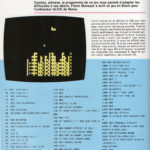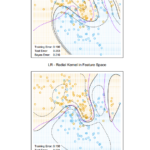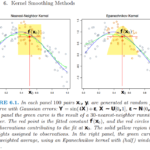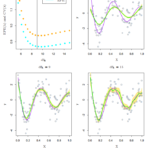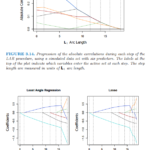Author Archives: julien
Two data points: Human vs Machine
O’Reilly: Human-in-the-loop Machine Learning
http://radar.oreilly.com/2015/02/human-in-the-loop-machine-learning.html
Stitch Fix’s expert merchandisers evaluate each new piece of clothing and encode its attributes, both subjective and objective, into structured data, such as color, fit, style, material, pattern, silhouette, brand, price, and trendiness. These attributes are then compared with a customer profile, and the machine produces recommendations based on the model.
But when the time comes to recommend merchandise to the customer, the machine can’t possibly make the final call. This is where Stitch Fix stylists step in. Stitch Fix hands off a final selection of recommendations to one of roughly 1,000 human stylists, each of whom serves a set of customers.
New Yorker: Netflix’s Secret Special Algorithm Is a Human
http://www.newyorker.com/business/currency/hollywoods-big-data-big-deal
Netflix and its chief content officer, Ted Sarandos, have been the most outspoken proponents of data-driven programming, which they say was behind the company’s biggest successes, such as “House of Cards” and “Orange is the New Black.” Soon after the début of “House of Cards,” David Carr, writing in the Times, pronounced that “Big bets are now being informed by Big Data.” […] I do think that there is a sophisticated algorithm at work here—but I think his name is Ted Sarandos.
Blooms: Strobe-Animated Sculptures
– via Flowing Data – http://flowingdata.com/2015/01/27/fibonacci-sculptures-fake-movement/
Deux minutes pour le théorème de Futurama
http://eljjdx.canalblog.com/archives/2015/01/25/31401606.html
Le 19 août 2010, la chaîne américaine Comedy Central diffuse “Le prisonnier de Benda”, dixième épisode de la sixième saison de Futurama, la deuxième série de Matt Groening après les Simpsons. L’épisode est exceptionnel puisque, pour la première fois à la télévision, une intrigue est résolue à l’aide d’un théorème avancé de la théorie des groupes.







